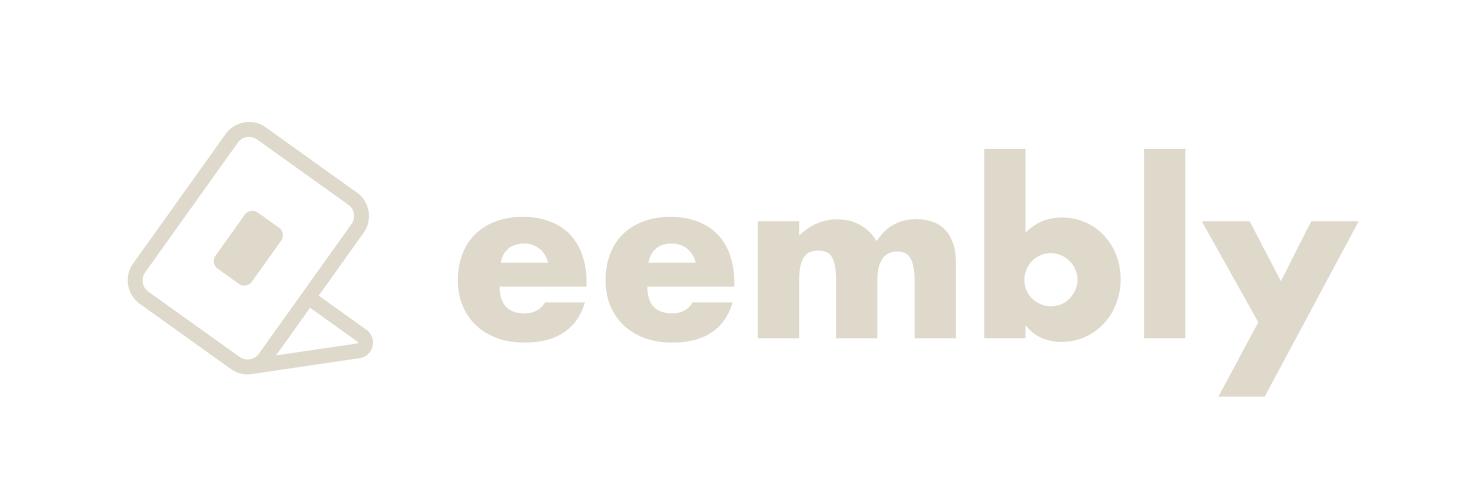
As we progress further into 2024, industries worldwide grapple with economic instability and the uncertainties of a post-pandemic world. Amid these challenges, the field of UI/UX design faces its own set of trials, notably job scarcity, the rise of artificial intelligence (AI), and changing economic dynamics. Despite these hurdles, the fundamental importance of UI/UX design continues to hold strong, adapting and evolving in response to new technological advancements and market demands.
The Impact of Economic Imbalance on UI/UX Jobs
The economic imbalance has led to tighter budgets and reduced spending in many sectors, impacting job availability across various fields, including UI/UX design. Companies facing financial constraints may slow down on hiring new design talent or postpone innovative projects that would otherwise require the expertise of skilled designers. This has led to increased competition in the job market, where UI/UX designers must not only excel in their craft but also demonstrate their direct contribution to improving business outcomes.
A study by McKinsey shows that organizations that excel in design grow revenues and shareholder returns at nearly twice the rate of their industry counterparts. This statistic emphasizes the value of design but also puts pressure on designers to prove their worth by directly linking their work to financial metrics. In a job-scarce environment, every role needs to justify its existence through clear, measurable business impacts.
The Rise of AI in Design: Friend or Foe?

AI’s integration into the design world offers both opportunities and challenges. On one hand, AI can significantly enhance the design process by automating routine tasks such as wireframing and user testing, allowing designers to focus on more strategic elements like user research and experience strategy. AI tools like Adobe’s Sensei are pushing the boundaries of what machines can do, from creating design elements to suggesting user flow improvements based on dat
However, the automation potential of AI also stirs fears of job displacement. As AI capabilities expand, the traditional tasks performed by junior designers are increasingly automated, leading to concerns about the entry-level job market shrinking. Designers are now compelled to upscale their skillsets to include more strategic, analytical, and technical abilities to stay relevant.
Economic Hardships and the Demand for Optimized User Experiences
Despite the economic downturn, or perhaps because of it, the demand for effective UI/UX design is more pronounced. Businesses are keen on optimizing their digital interfaces to enhance customer retention and conversion rates in a bid to maximize every dollar spent. For instance, Amazon and Walmart have continuously optimized their e-commerce platforms to ensure a seamless shopping experience that encourages more sales and reduces cart abandonment rates, crucial during economic slowdowns.
Moreover, as more companies pivot to digital-first approaches amid ongoing remote work trends, there is a heightened focus on developing platforms that support efficient remote interactions. UI/UX designers play a crucial role in creating these solutions that are not only intuitive but also inclusive, ensuring accessibility for a diverse range of users.
Reinventing UI/UX Careers in the Face of Job Scarcity

For UI/UX designers, the current job market landscape necessitates a shift towards more hybrid roles. Designers are finding value in acquiring skills adjacent to their core competencies, such as UX writing, UI development, or user psychology. Networking, continuous learning, and personal branding have also become more important than ever for career advancement in this competitive environment.
Design communities and online platforms are vital for designers seeking to adapt and thrive. Engaging with communities on platforms like LinkedIn, Dribbble, and Behance can lead to freelance opportunities, collaborations, and job offers. These platforms also serve as avenues for showcasing innovative projects and thought leadership, essential for standing out in a crowded market.
Conclusion: The Persistent Need for Skilled UI/UX Designers
Despite the challenges posed by economic imbalances and job scarcity, the core need for skilled UI/UX designers persists. Companies that understand the value of design will continue to invest in it as a critical competitive edge. For UI/UX professionals, the key to relevance lies in adaptability—embracing new tools, acquiring new skills, and continuously proving the impact of their work on business success.
The evolution of UI/UX into more strategic and technologically integrated roles presents an opportunity for designers to redefine their careers and influence within organizations. As we navigate the complexities of 2024, UI/UX design not only remains relevant but essential, driven by its ability to directly influence user satisfaction and business profitability in an increasingly digital world.

